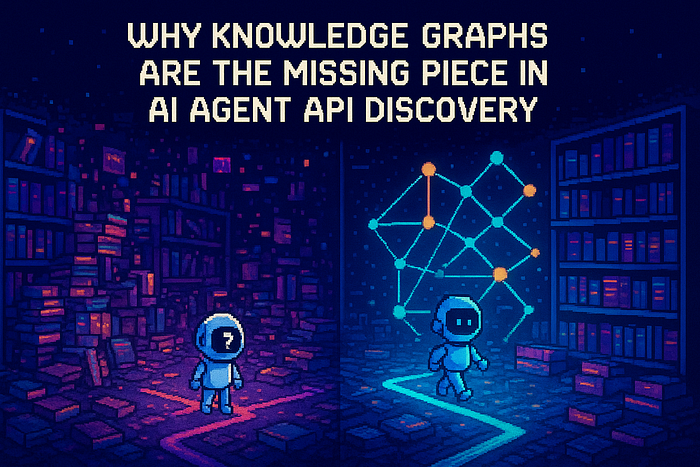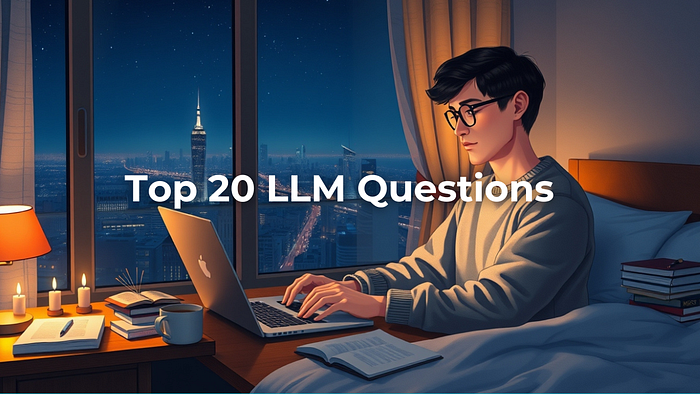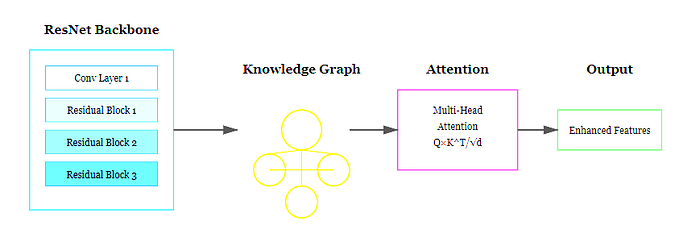
Stunning Python Streamlit From One Single Simple GPT-4 Prompt
Last Updated on February 10, 2025 by Editorial Team
Author(s): John Loewen, PhD
Originally published on Towards AI.
Showcasing data storytelling on the global peace index dataset
This member-only story is on us. Upgrade to access all of Medium.
Recently, I have been constantly hassling GPT-4 to generate Python Streamlit dashboard code. I’ve been doing the hard work and putting in the time so that you don’t need to.
And I have come up with some great results!
The complexity and intricacy of Streamlit dashboard design is removed with the simplicity of GPT-4 prompting.
Starting with an interesting dataset, we can create a working interactive Python Streamlit dashboard with a single GPT-4 prompt.
Not possible you say — it can’t be done with a single prompt!
How about we do this together then? Let’s create a Streamlit dashboard with TWO pages:
Page 1: A dropdown menu allowing the user to select the Year. Display a global choropleth map and a Top 5 bar chart.Page 2: A global choropleth map showing change in peace index by country from 2008–2022 and a line chart showing global peace index averages.
From just one careful prompt. Here’s how it works.
Our focus here is the“Global Peace Index” data downloaded from the visionofhumanity.org website (located HERE).
When we download the file, file it is in XLSX file with a few different worksheets. We can open the file and click on the “Overall… Read the full blog for free on Medium.
Join thousands of data leaders on the AI newsletter. Join over 80,000 subscribers and keep up to date with the latest developments in AI. From research to projects and ideas. If you are building an AI startup, an AI-related product, or a service, we invite you to consider becoming a sponsor.
Published via Towards AI
Take our 90+ lesson From Beginner to Advanced LLM Developer Certification: From choosing a project to deploying a working product this is the most comprehensive and practical LLM course out there!
Towards AI has published Building LLMs for Production—our 470+ page guide to mastering LLMs with practical projects and expert insights!

Discover Your Dream AI Career at Towards AI Jobs
Towards AI has built a jobs board tailored specifically to Machine Learning and Data Science Jobs and Skills. Our software searches for live AI jobs each hour, labels and categorises them and makes them easily searchable. Explore over 40,000 live jobs today with Towards AI Jobs!
Note: Content contains the views of the contributing authors and not Towards AI.














